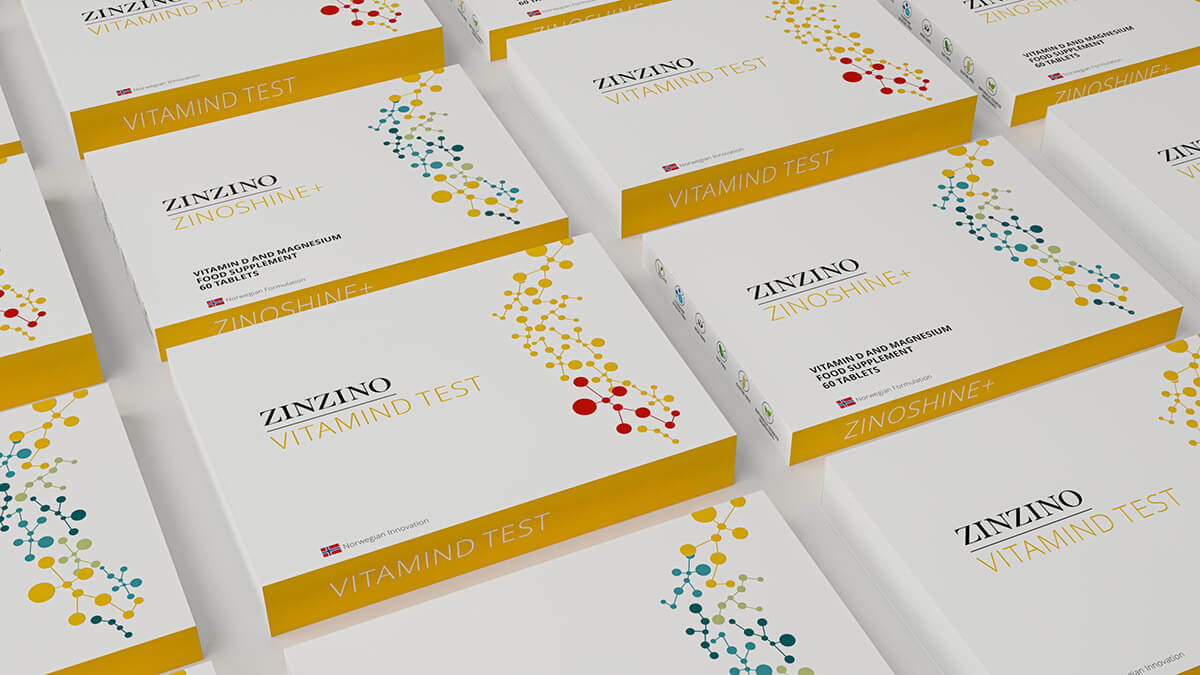Vitamin D deficiency is a problem of modern times. But first, let’s look at what this vitamin is. It’s called the sunshine vitamin for good reason. The sun is our most natural source of vitamin D, and we can produce up to 80% of this essential nutrient this way. But do you know how much of it your body actually soaks up from the sun? Factors such as lifestyle, age, sunscreen routine, skin type and even where you live may impact your body’s ability to spark that vital synthesis. Our individual Vitamin D needs are unique, and they are not constant. This is why we should monitor our levels throughout the year to stay on top of our health.
Table of Contents
What are the factors contributing to vitamin D deficiency?
Today, vitamin D deficiency is a global health issue, affecting over one billion people, as reported by the US National Institutes of Health. A key cause of this deficiency is insufficient exposure to direct sunlight. It is interesting to note that individuals with fair skin need a minimum of 15 minutes of sun exposure to start generating vitamin D.
However, those with darker skin may require up to six times more exposure. Also, those residing in the Northern hemisphere are largely unable to produce any vitamin D from sunlight between October and March, as per the New England Journal of Medicine.
Dietary intake can help boost vitamin D levels, yet it only accounts for approximately 20% of our daily requirements. Moreover, the nutritional content of most of today’s food falls short in terms of vitamin D. Another noteworthy fact is that vitamin D is a fat-soluble nutrient.
Therefore, the more weight an individual carries, the higher the consumption and production of vitamin D required to maintain adequate levels in the bloodstream.
What happens if you don’t get enough vitamin D?
Vitamin D is an essential nutrient that contributes to a normal immune system. It helps the body absorb calcium, maintain bone health, muscle function, teeth, and cell division. Vitamin D deficiency is many times a silent condition which most of us are not even aware of. The clinical picture includes muscle weakness, bone pain and fractures, rickets and osteomalacia.
Having a better understanding of our individual vitamin D needs and how to keep the levels steady can be a game-changer for our overall health and wellbeing. And we should never underestimate the power of exercising outdoors. Time outdoors will increase our chances to produce vitamin D naturally and consequently, counteract the negative effects of a deficiency.
Is there a home test available for Vitamin D deficiency?
Our individual health and wellbeing are highly personalized matters, especially when it pertains to our vitamin D requirements. These needs hinge on our unique characteristics, environment, and lifestyle, all of which influence how our bodies react to sunlight. However, maintaining a thorough understanding of our body’s health status can be a challenging task.
Fortunately, several modern tools are accessible to monitor our vitamin D levels, ensuring our health is not inadvertently compromised. With the increasing incidences of vitamin D deficiency worldwide, a growing number of healthcare professionals are now regularly screening their patients. Moreover, a wide array of home-based vitamin D tests is available in the market.
These tests cater specifically to those without access to preventative healthcare, enabling self-management of personal health.
What should you look for in a vitamin D test?
Make sure you get your vitamin D status from a reliable source. Choose a brand that will analyze your dried blood spot samples in an independently managed, confidential, laboratory setting. Also, make sure you will get help to customize your intake with personal recommendations based on your needs.
Zinzino is a global health and wellness brand that has been focusing on preventative health for over a decade. Today, the company is considered pioneers within test-based nutrition, on a mission to empower people to take charge of their own health. Their new VitaminD Test is the latest addition to their product range of all-natural food supplements and dried blood spot tests. Every test is analyzed by Vitas Analytical Services; an independent GMP-certified laboratory based in Norway and a world leader in dried blood spot testing.
Put your body to the test in the comfort of your own home and find out if the sun is doing its job or if you need to improve your levels. Zinzino takes a holistic perspective on your personal health and offers the VitaminD Test as a precursor to ZinoShine+. A unique, vitamin D and broad-spectrum magnesium food supplement with easy-to-customize dosing that allows you to top-up your levels naturally with vegan vitamin D3 from highly bioactive, wild-harvested lichen.
How long does a vitamin D-test take?
When you utilize the Zinzino VitaminD Test to assess your vitamin D levels, you can expect to receive your confidential results within a 20-day window. These results, presented in a user-friendly graphical format, are exclusively accessible to you. Zinzino will further provide personalized recommendations on subtle adjustments needed and guidance on maintaining your vitamin D levels year-round.
The restoration of your vitamin D levels, typically through supplements, can take between 3 to 4 months, depending on the dosage and your unique health circumstances. It is advisable to re-evaluate your vitamin D status every 120 days to ensure that your levels remain within the optimal range.

